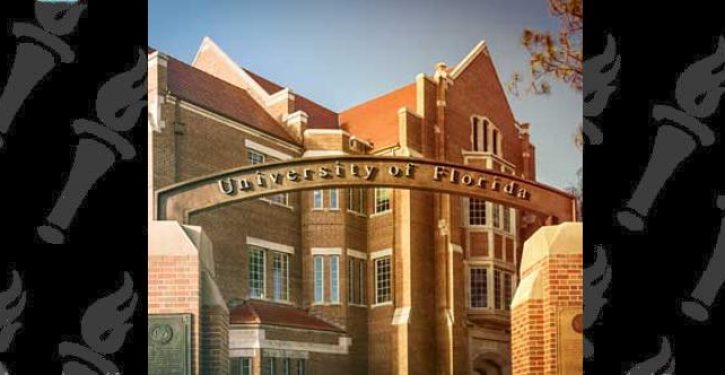
“K-12 public education has failed to prepare incoming college students how to write at the public level,” reports Campus Reform. “In a desperate attempt to catch high school graduates up to speed, many universities are providing remedial writing classes to college students.”
The National Center for Education Statistics found that 68% of freshmen at community colleges and 40% of students enrolled in public four-year universities took at least one remedial writing class between 2003 to 2009. The percentage is thought to have risen since then.
Average math and reading test scores fell a lot from 2019 to 2021, according to a study last year from the Northwest Evaluation Association (NWEA). The figures would likely be worse today due to the cumulative impact of school closures during the coronavirus pandemic.
The NWEA data shows many incoming and current college students are not prepared for college-level coursework. Many colleges offer remedial writing classes that try to remedy this problem.
Empire State University—which is part of the State University System of New York —is giving incoming students a zero-credit class called “Preparing for College Level Writing.” The University of Florida offers a similar class, and according to the course catalog’s description of ENG1001, it is “designed to help students develop basic college-level writing skills.”
Michigan State University gives students a list of several different options of “Preparation for College Level Writing” classes for the fall 2023 semester. The University of Cincinnati provides students an optional workshop on “College Essay Writing.”
Campus Reform Higher Education Fellow and Suffolk Community College Professor Nicholas Giordano lamented the decline in college readiness.
“My classroom, along with many other college classrooms across the country, inevitably receive students who have been repeatedly cycled through the education system despite their lack of readiness for college-level coursework,” Giordano said.
Giordano also criticized high schools for not preparing students for college. “This is a shameful indictment on the K-12 public education system where the overwhelming majority of students are not performing at grade level,” he said.
Giordano also noted the contrast between students’ falling academic performance and the simultaneous rise in high-school student grade point averages, calling it “simply more evidence” of standards being “routinely lowered to cycle students through and create the illusion of success.”
Colleges are not the only institutions that bear the cost of a failed K-12 education system. According CollegeBoard study, businesses are spending nearly $3.1 billion every year on remedial writing training for their staff. “Even a college degree doesn’t save businesses from the effects of poor writing skills,” the study notes.
Thanks to grade inflation, more students are getting A’s, even as their scores on standardized tests are falling, notes Joanne Jacobs, who writes about education policy:
High school grades went up in all subjects from 2010-2022, reports ACT. Achievement did not. Grade inflation was the highest in math: The average student now earns a B+. Over the same period, “we have seen alarming declines in mathematics scores and other readiness measures,” said Janet Godwin, CEO of the non-profit testing company.
Fewer students are getting B and C grades; more are assigned A’s.
Grade inflation was higher for girls than for boys. Blacks had the most grade inflation with whites second. Hispanics and “others” experienced less grade inflation.
During the pandemic, many colleges and universities went “test optional” or decided not to consider test scores. Without test scores, admissions relies more heavily on grades. In warning that grades are unreliable measures of competence, ACT is acting in its own self-interest. But that doesn’t make the warning false.
Meanwhile, college instructors are “inflating grades and watering down their courses,” in what has been called the broke-woke-stroke phenomenon.
As colleges become more woke, students are learning less and less. People’s vocabularies are shrinking at a time when more and more people have college degrees. As Zach Goldberg notes, people’s mastery of hard words has been falling for well over 20 years, and their mastery of easier words has been falling for over 15 years. Going to college no longer expands people’s vocabularies the way it once did: Since 1970, there has been a steady decline in the correlation between years of education and a person’s word stock.
Even a decade ago, college students were already learning less than in earlier generations. Nearly half of the nation’s undergraduates learned almost nothing in their first two years in college over a decade ago, according to a 2011 study by New York University’s Richard Arum and others. Thirty-six percent learned little even by graduation. Although federal higher-education spending had mushroomed in the preceding years, students “spent 50% less time studying compared with students a few decades” earlier. The National Assessment of Adult Literacy also shows that degree holders are learning less.



